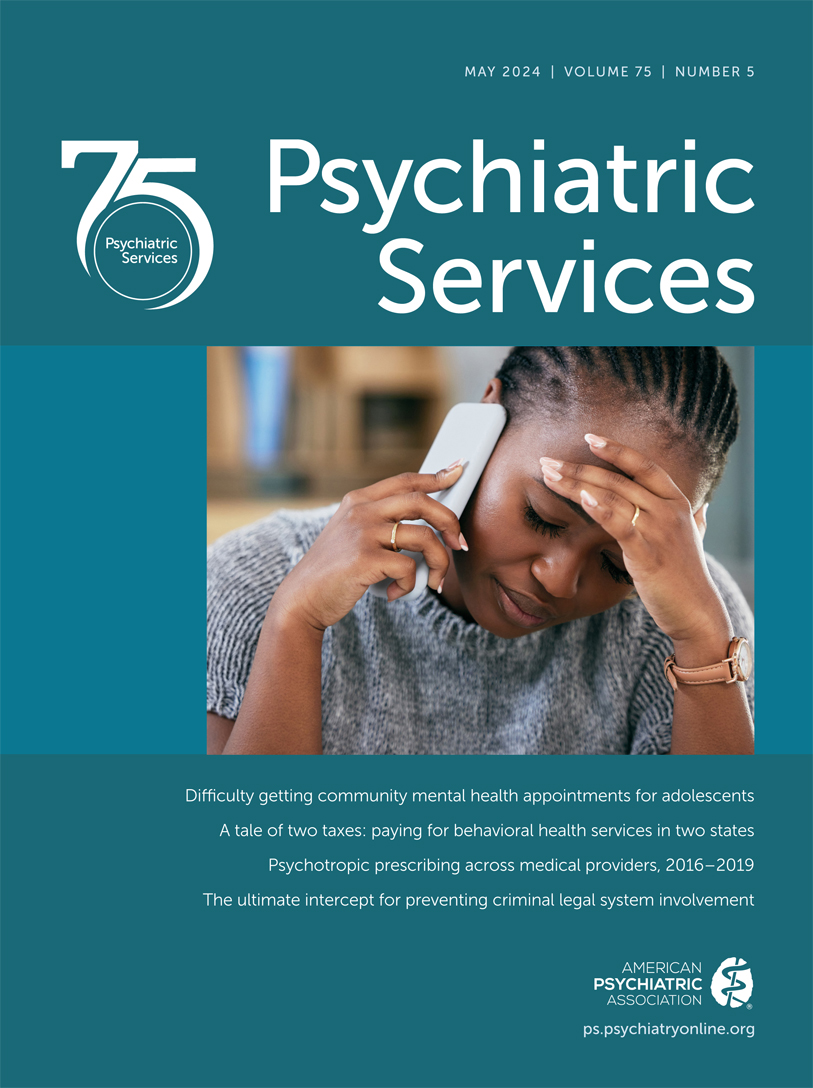Psychotropic Medication Prescribing Across Medical Providers, 2016–2019
Abstract
Objective:
The authors sought to provide updated estimates of the proportion of psychotropic medications prescribed by different medical providers.
Methods:
This pooled cross-sectional study used data from the Medical Expenditure Panel Survey (2016–2019). Nationally representative estimates of the percentages of all psychotropic medications prescribed by each provider type were calculated, and analyses stratified by medication type, insurance type, and age were conducted.
Results:
Data from 58,547 psychotropic prescriptions reported by 7,693 unique individuals were analyzed. More than 60% of psychotropic medications were prescribed by providers other than psychiatrists (33.5%) or psychologists (2.2%), such as general practitioners, nurse practitioners, and physician assistants. This distribution varied significantly by medication, insurance, and patient age.
Conclusions:
Most psychotropic medication prescribing occurs in primary care; however, notable differences by medication, insurance, and age were observed, suggesting areas for future research.
Access content
To read the fulltext, please use one of the options below to sign in or purchase access.- Personal login
- Institutional Login
- Sign in via OpenAthens
- Register for access
-
Please login/register if you wish to pair your device and check access availability.
Not a subscriber?
PsychiatryOnline subscription options offer access to the DSM-5 library, books, journals, CME, and patient resources. This all-in-one virtual library provides psychiatrists and mental health professionals with key resources for diagnosis, treatment, research, and professional development.
Need more help? PsychiatryOnline Customer Service may be reached by emailing [email protected] or by calling 800-368-5777 (in the U.S.) or 703-907-7322 (outside the U.S.).



